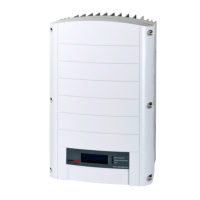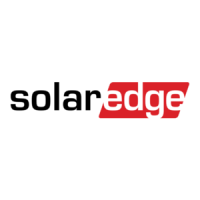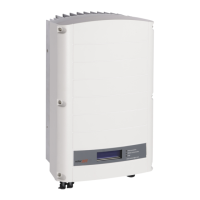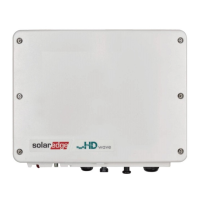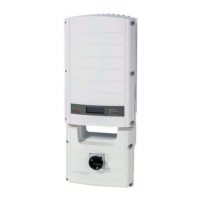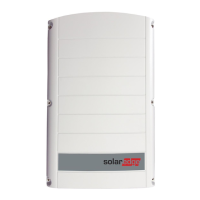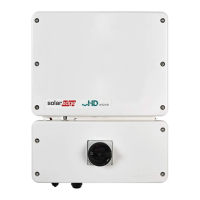What to do if my SolarEdge SE3500 has an Ethernet communication error?
- JjoecastilloAug 14, 2025
If you're experiencing an Ethernet communication error with your SolarEdge Inverter, begin by ensuring the Ethernet cable is properly connected, paying attention to the cable pin-out assignment. Also, verify that the DHCP IP is configured correctly by checking both the router and inverter configurations. If the internet connection is not operating, this may also cause the error. Communication issues with the SolarEdge server can be resolved by checking the server address.
